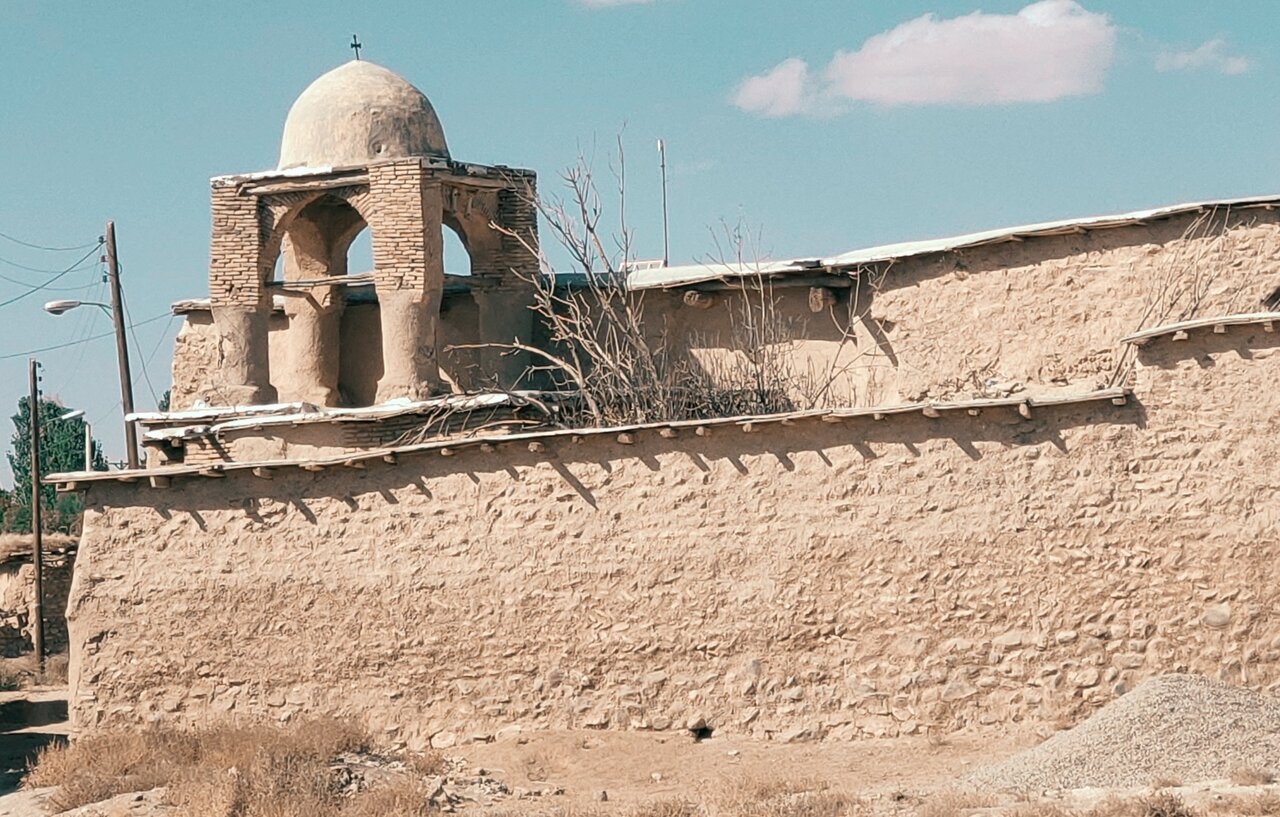Centuries-old churches undergo restoration in Isfahan village

TEHRAN – Teams of cultural heritage restorers have commenced work on Saint Mary Church of Khoyegan Oleia and Saint John Church of Khoyegan Oleia, which are named after the central Iranian village, located in Fereydunshahr county within Isfahan province.
“Historical churches in Khoyegan Oleia have undergone restoration as part of a major project aimed to boost tourism in the village,” Fereydunshahr’s tourism chief said on Saturday.
Both Saint Mary Church and Saint John Church have stood the test of time, surviving various historical periods and political changes, which is a testament to the resilience and perseverance of the Christian community in Khoyegan Oleia. These churches have also become important cultural landmarks, attracting visitors from near and far who seek to explore the historical and artistic value they hold.
The village of Khoyegan Oleia takes great pride in preserving these ancient churches, investing time and resources into their upkeep and restoration. Restoration efforts aim to maintain the original architecture, while also improving structural stability and preserving the artwork that adorns the interiors.
Currently, Iran is home to over 300,000 Christian practitioners. There are nearly 600 churches in Iran, 90 of which are listed on the National Monuments list, and three are recognized as World Heritage.
During the Parthian era (247 BC to 224 CE), Christianity and the call to Christianity arose in Iran, and some converted. Gradually, shrines to the followers of this religion sprang up all over the country, each built differently.
Although Christianity does not currently make up a large portion of Iran's population, this religion, along with Zoroastrians and Judaism, constitutes Iran’s non-Islamic religions and has more than a million adherents.
A top destination for domestic and international travelers, the ancient city of Isfahan was once a crossroads of international trade and diplomacy in Iran and now it is one of Iran’s top tourist destinations for good reasons. It is filled with many architectural wonders, such as unmatched Islamic buildings, bazaars, museums, Persian gardens, and tree-lined boulevards. It’s a city for walking, getting lost in its mazing bazaars, dozing in beautiful gardens, and meeting people. Isfahan has long been nicknamed as Nesf-e-Jahan, which is translated into “half the world”; meaning seeing it is relevant to see half the world.
AFM
Leave a Comment